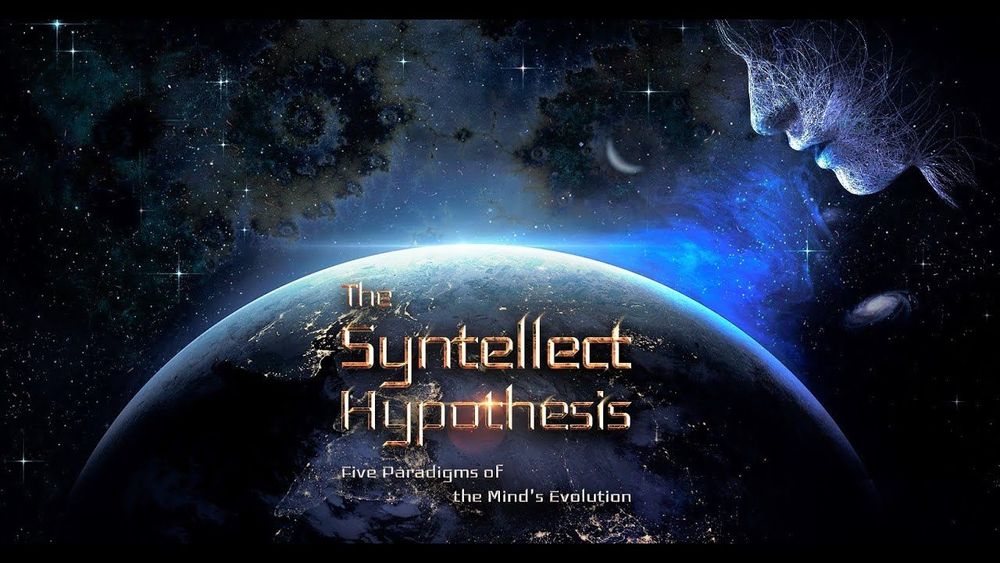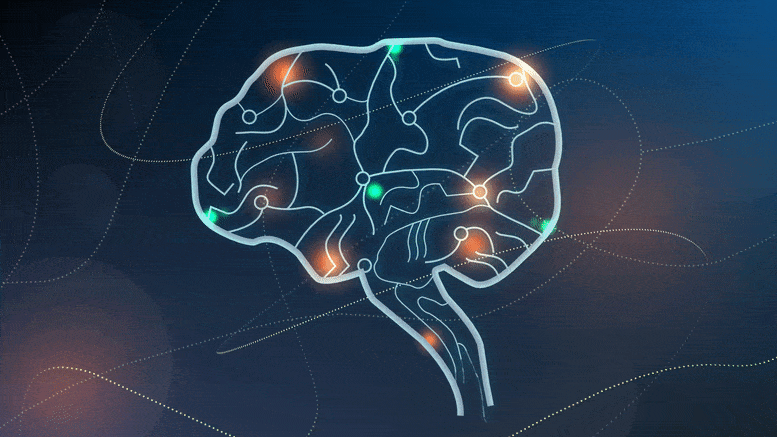Individual frequency can be used to specifically influence certain areas of the brain and thus the abilities processed in them — solely by electrical stimulation on the scalp, without any surgical intervention. Scientists at the Max Planck Institute for Human Cognitive and Brain Sciences have now demonstrated this for the first time.
Stroke, Parkinson’s disease and depression — these medical illnesses have one thing in common: they are caused by changes in brain functions. For a long time, research has therefore been conducted into ways of influencing individual brain functions without surgery in order to compensate for these conditions.
Scientists at the Max Planck Institute for Human Cognitive and Brain Sciences in Leipzig have taken a decisive step. They have succeeded in precisely influencing the functioning of a single area of the brain. For a few minutes, they inhibited exactly the area that processes the sense of touch by specifically intervening in its rhythm. As a result, the area that was less networked with other brain regions, its so-called functional connectivity, decreased, and thus also the exchange of information with other brain networks.










